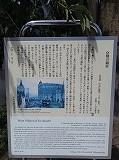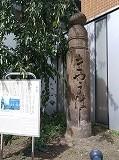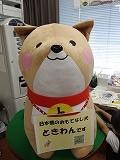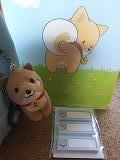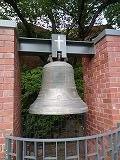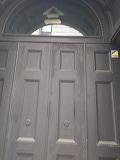
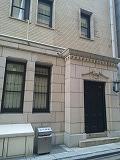
This is a new correspondent Harumi Madam.
Today is the retro building "Yamani Shoken".
One day when the sightseeing test approached, I checked with my feet and eyes the armor bridge and the shipping bridge, which are always confused among me (laughs).
I walked around the Kabuto-cho area. I found a retro building![]()
This building, which feels like history, and the logo on the glass is also tasteful.
The building was completed in 1936 by the reconstruction of the earthquake. It seems to be a "Spanish-style office building" by architect Koji Nishimura. The first floor is stone-pasteed, the second floor is tiles, and it is not shown here. 。 。
The roof tiles are made of Spanish tiles.
Yamani Shoken, a securities company that works in such a wonderful company building, is a long-established securities company founded in 1911.
Originally called Kataoka Tatsujiro Shoten, it became the current company name from Yamanikataoka Shoten.
One of the four major securities companies in the past. If you want to grow as large as Yamaichi Securities (established in 1897, closed in 1997), it is a name named after it.
One of the customers of Yamaji, who can be managed firmly, was that great writer Kafu Nagai.
Now that the Heisei era is about to end, one building will connect with various historys. 。
The neighborhoods of Kayabacho and Kabuto-cho are also remarkably redevelopment. However, I would like you to keep such a historic building for a long time.
